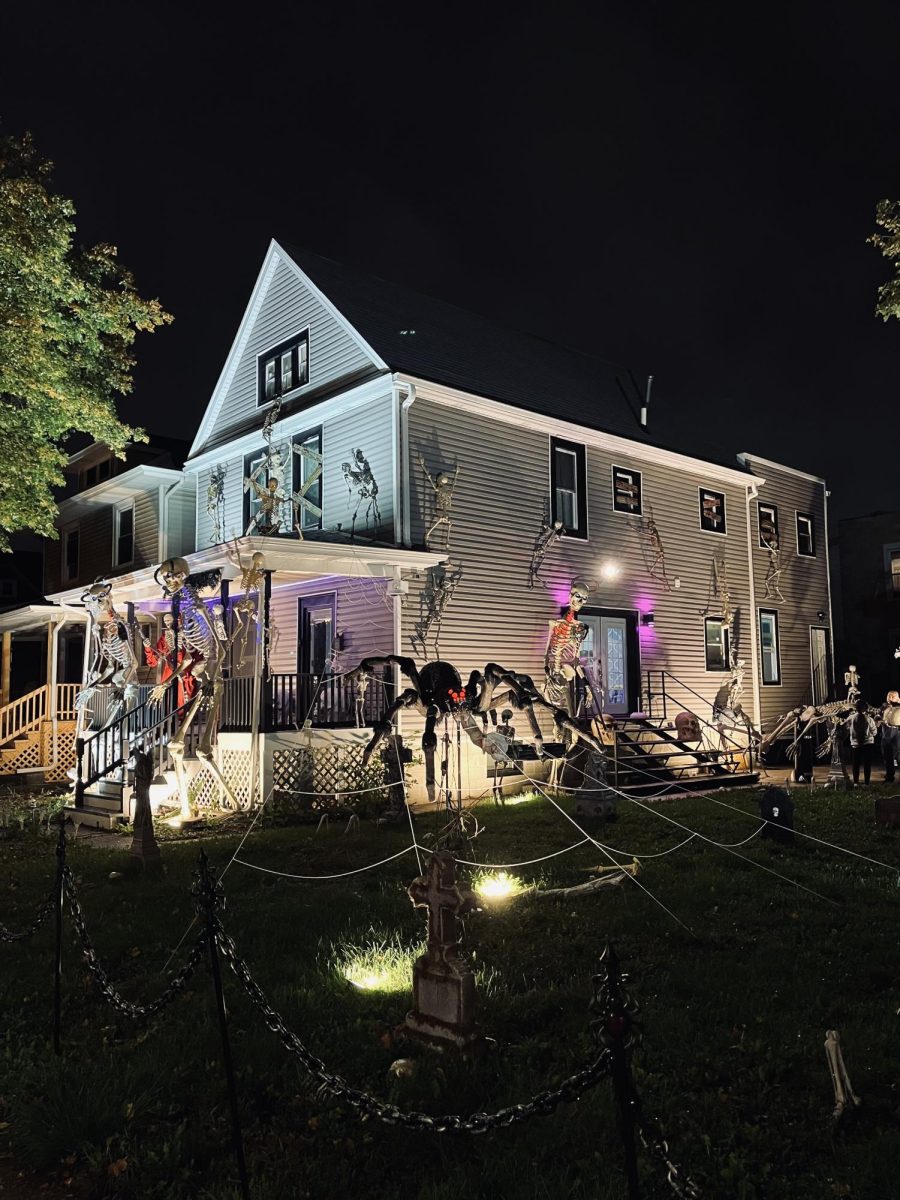So, who is the “Jack” in Jack-o’-Latern?
The history of the Jack-o’-Lantern and its significance have a rich origin, with roots that may be traced to Ireland and Scotland.
According to History.com, the term “Jack-o’-lantern” finds its origins in an Irish folktale about a man named Stingy Jack. Carving faces on vegetables is believed to have its origins in Ireland, and the tradition was later brought to the United States by Irish immigrants in the 19th century.
In the 1600s, the legend of Stingy Jack emerged as the most popular version of the tale. Jack, in a series of clever tricks, managed to outsmart the Devil multiple times. One such trick involved convincing the Devil to transform himself into a coin for a drink, Jack then kept the Devil in his pocket alongside a silver cross, preventing the Devil from returning to his original form. Jack made a deal with the Devil to secure his freedom, stipulating that the Devil could not bother him and must refrain from claiming Jack’s soul upon his death. Jack repeated this process and outwitted the Devil once again. . When Jack died, he was denied entry to both heaven and hell and was condemned to wander the earth with only a burning coal inside a carved-out turnip to light his way, and he has since roamed the Earth.
Upon their arrival in North America, Irish immigrants discovered that pumpkins were more accessible and easier to carve than turnips, leading to the widespread practice of carving pumpkins into jack-o’-lanterns. These carved pumpkins have become an iconic symbol of Halloween and are adorned with a wide array of designs, ranging from traditional menacing faces to intricate patterns and designs.
“The story reminds me a bit of ‘El Día de los Muertos’ because it is a time where the dead can visit us and take our offerings as they roam the Earth,” one Mexican mother, Claudia Santana said.
The comparison between the Jack-o’-Lantern tradition and “El Día de los Muertos” (The Day of the Dead) is thought-provoking. Both customs involve the idea of departed souls wandering the Earth. However, they differ significantly in tone. “El Día de los Muertos” is a Mexican holiday celebrated with colorful and festive decorations, honoring the lives of deceased loved ones. In contrast, the origin of the Jack-o’-Lantern, epitomized by the tale of Stingy Jack, carries a more somber and cautionary theme.
“Honestly, I didn’t know much – I just know the story of Jack Skellington, the pumpkin king (from the Nightmare Before Christmas movie). I kind of associated that with the jack-o’-lantern,” graduate Fatima Garamba said.





